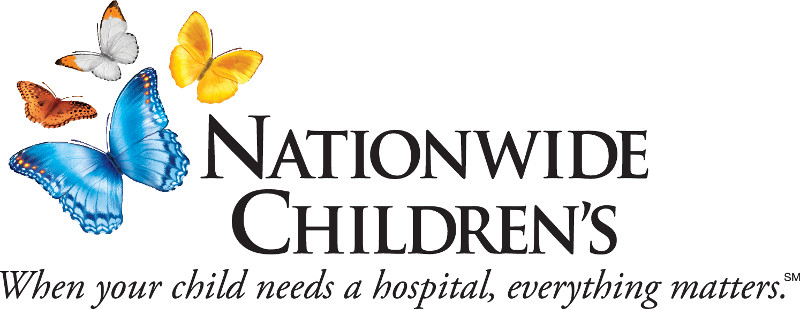Newswise — Dawn Comstock, PhD, of the Center for Injury Research and Policy at Columbus Children's Hospital and a faculty member of The Ohio State University College of Medicine and Public Health, recently conducted two studies on the prevalence of sports-related violence.
"Our two research studies have shown sports related violence appears to exist across the board in all sports and seems to be increasing, particularly among children," Comstock said. "We currently do not have a good way to directly measure sports-related violence. However, a study we conducted with National Collegiate Athletic Association data indicates that out of 11 collegiate-level sports, 10 percent or more of the injuries in five sports were directly attributed to illegal activity by an opponent. In an additional four sports, 5 percent of the injuries were attributed to opponents' illegal activities. Our second study indicated that sports violence is common in youth sports and children seem to be at higher risk for 'hazing' as opposed to foul play or brawling."
Comstock's studies were presented at the Centers for Disease Control and Prevention National Center for Injury Prevention and Control Annual Meeting and at the Joint U.S./Canadian Society of Epidemiologic Research Meeting.
Over the past year, reports of sports-related violence have swept the nation. Consumer media outlets have reported football brawls, basketball brawls and baseball hazing incidents, particularly among high school students. While rating systems and warning labels help parents safeguard their children against violence in videogames, movies, etc., few parents think about the violence their children may be exposed to while watching or participating in sports.
"Parents' fear that watching sports-related violence may disturb children or may lead to violent tendencies is only one potential negative effect of sports-related violence," Comstock said. "Another potential negative is the possibility that exposure to sports-related violence may drive children away from participation in sports."
As the epidemic of obesity among children grows, participation in sports continues to gain importance as a way for children to adopt a physically active lifestyle. Data collected by the National Center for Chronic Disease Prevention and Health Promotion showed that over 50 percent of United States students play on one or more sports teams. Children who are the victims of sports-related violence may leave sports, those who are afraid of sports-related violence may avoid sports, and those whose parents fear sports-related violence may not be allowed to play on sporting teams. Sports-related violence, a serious subset of interpersonal violence, can take three distinct forms including hazing, foul play and brawling. Hazing is when some members of a sports team subject other members of the team or those trying out for the team to physical and/or psychological violence. Foul play is when an illegal activity (a violation of the sport's rules) by an opponent during competition places a child at risk of injury. Brawling is when athletes and/or spectators fight before, during or after sporting events. Too often, these actions that are clearly identified as unacceptable violence outside the sporting arena, are tolerated or promoted on the field, court or rink and are justified as "part of the game" or "boys being boys."
According to Comstock, parents can protect their children from sports-related violence by:
Being good role models - Remember that sports are supposed to be fun for the athletes and spectators.- Teach children good sportsmanship through parents' own actions. - Always treat officials, coaches and opposing athletes and fans with respect.
Talking to children about sports-related violence - Make sure they understand what hazing is and not to participate in such activities. - Teach them to tell parents or another adult if someone does try to haze them. - Make sure they respect their opponents and understand that foul play and brawling could cause serious injury.
Talking to their children's coaches, athletic directors, principals and league directors- Ask them about their policies on hazing, foul play and brawling.- Let them know that you believe these activities place children at unnecessary and unacceptable risk of injury.
MEDIA CONTACT
Register for reporter access to contact detailsCITATIONS
Centers for Disease Control and Prevention National Center for Injury Prevention and Control Annual Meeting and the Joint U.S./Canadian Society of Epidemiologic Research Meeting
